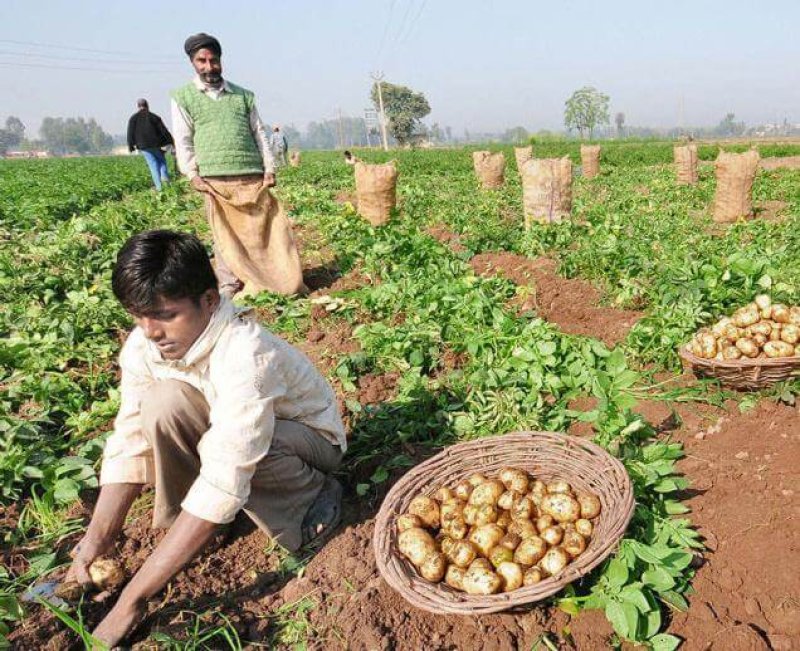Using potatoes and cassava plants, along with other species such as tomato, rice, and cotton as models, [researchers have] identified a suite of genes and proteins that limit a leaf’s ability to efficiently use solar energy to make assimilates (mainly sucrose), and the translocation to and use of the assimilates within sink organs, such as seeds, fruits, and roots.
In identifying these bottlenecks, [the] team also discovered the signaling molecules and regulatory genes that trigger or initiate the growth of sink organ – what determines how many seeds, flowers, or fruit a plant might grow.
…
Professor Yong-Ling Ruan from the University of Newcastle] said that as agriculture faced a massive increase in demand from a booming population and environmental deterioration, it was essential to understand the biological processes that regulate resource and energy distribution in the plant body, thereby allowing the identification of key gene targets for genetic engineering and breeding.































